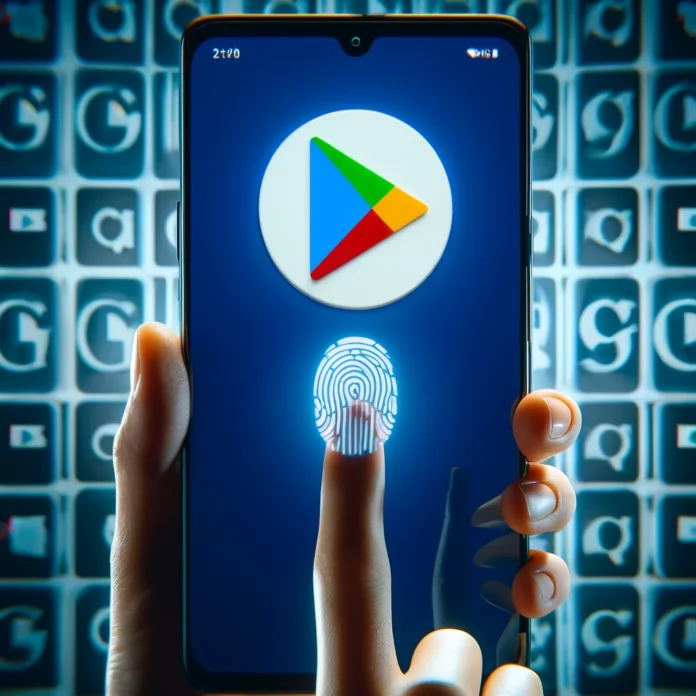Google has recently announced updates to the biometric verification process for Google Play purchases, aiming to bolster security measures. The tech giant is notifying users via email about the forthcoming changes, which are set to enhance the verification process for transactions made through its Google Play store.
The notification outlines that users can now enable biometric verification—such as fingerprint or facial recognition—on devices equipped with the necessary technology. This means that instead of requiring a Google Account password to confirm purchase settings, the system will use registered biometrics. While this update promotes a quicker and potentially more secure verification process, it also raises significant privacy concerns.
Google explicitly warns users to be cautious if multiple biometrics are stored on their device. The concern is that if children or other individuals have their biometric data registered on a device, they could inadvertently authorize purchases. This could lead to unauthorized transactions if users do not manage the biometric settings carefully.
This update is part of a broader initiative by Google to enhance security protocols across its services, following recent updates to Google Wallet. It reflects an ongoing effort to adapt to the evolving needs of digital security, particularly in the context of increasing reliance on mobile devices for significant transactions.
The modification in Google Play’s biometric verification process highlights the balance tech companies must strike between enhancing user convenience and ensuring robust security measures. Users are advised to review their biometric settings to ensure that only authorized biometrics are enabled for purchase verification, preventing potential misuse.
As these changes roll out, Google emphasizes the importance of users understanding the implications of biometric verification and managing their device settings responsibly. This move by Google not only aims to streamline the user experience but also necessitates increased user awareness and engagement with their device security settings.
